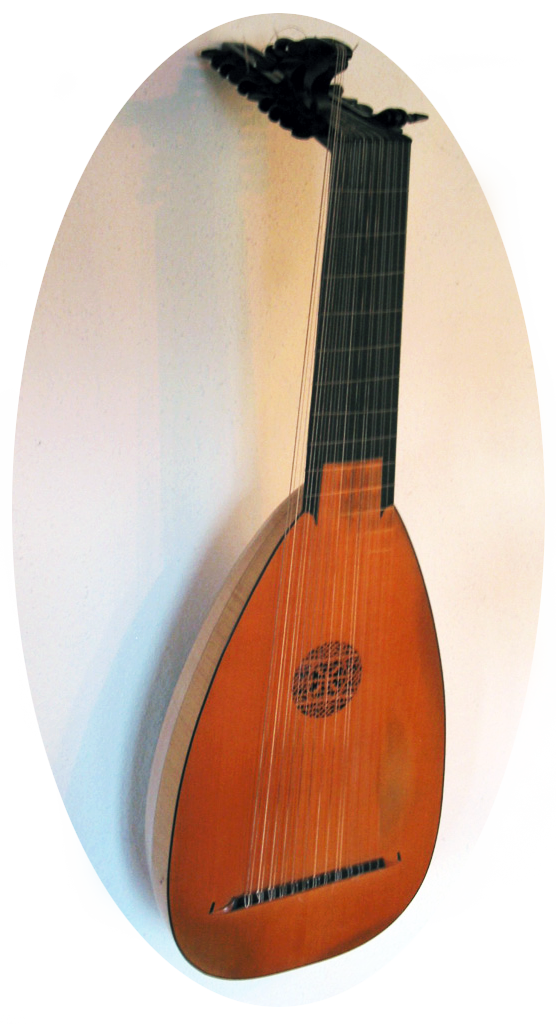![]()

Lute music, one of the great treasures of our musical culture, has only been rediscovered in recent times - and is still unknown to many potential admirers.
For a long time, the lute was the most important instrument in secular music-making in Europe; its position was comparable to that of the piano today. Travelling virtuosos were received by princes and potentates, but there were also many dilettant lutenists among the middle classes, the nobility and the beggars.
People played in the privacy of their homes, at courtly festivities, during private devotations, beneath the window of the beloved, at the hairdresser's, in the baths, or alone, sitting on a rock in the open air - scenes which are documented on a number of canvasses.
The highly developed performance techniques and the technical demands of the compositions required a training which aspired to the humanistic ideal of the sensitive and refined individual. The expressive possibilities of this instrument, whose up to 24 strings produced a delicate sustained resonance, ranged from lively, occasionally even ribald dances to the depiction of subtle, dream-like emotions.
The lute was sometimes called "the flattering instrument" because of its warm, colourful and flexible tone.
